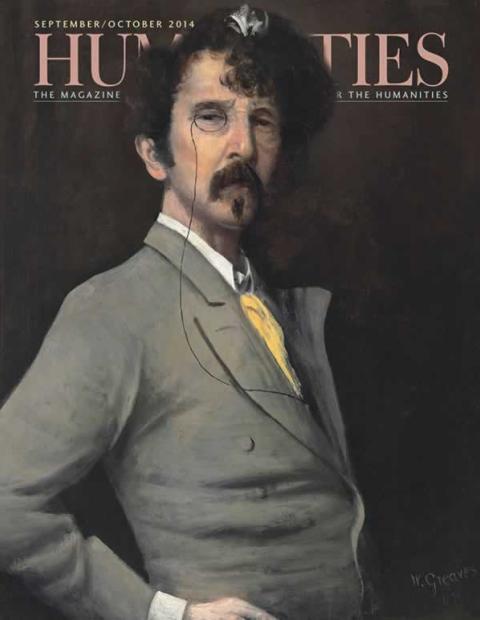Summer has been anything but sleepy here at the National Endowment for the Humanities. A new chairman arrived and ten new National Humanities Medalists were named, just as we were getting used to our new offices at the Constitution Center and a new issue of Humanities was put to bed.
Our new chairman, Dr. William Adams, is the former president of Colby College, where he enjoyed an especially successful fourteen-year run, building the school’s endowment, expanding its art museum, and developing a new center for the humanities. There was not time to interview Dr. Adams for this issue of Humanities, but very soon we hope to have an extended conversation with him about his life, career, and thoughts about leading NEH.
Medals season is always electric, this year even more so because of the speed at which it all happened. One day the writers and editors of Humanities were hunkering down to write profiles of the medalists, and a couple of weeks later I was sitting in a conference room listening to Darlene Clark Hine tell the hilarious story of when two women approached her to write the book that would define her career and help establish a new understanding of the significance of black women in American history, and she really wasn’t that interested. Not at first anyway.
One advantage of our new location in downtown Washington is that we are in the neighborhood of several excellent museums. Hoping to better understand the architectural work that the National Humanities Medalist Johnpaul Jones did for the National Museum of the American Indian, I simply walked over there and reexamined the dome discussed in Jefferson Robbins’s profile.
As we planned the cover story for this issue, about the art and career of James McNeill Whistler, several of us strolled not five blocks in the other direction to view the permanent collection of his art at the Freer Gallery and then a show next door at the Sackler, featuring work from his years in London, beginning in 1859.
There’s an irrational element in outstanding human achievement, one might notice in this issue. Whistler felt its power as he tried to sue his critic John Ruskin. Susan Sontag certainly knew what it was like to want what she wanted and to reject everything else. The irrational is not limited to art, of course. Meredith Hindley discusses the bond between Teddy Roosevelt and Franklin Delano Roosevelt, two politicians who took great risks in order to feed the inner beasts of ambition and desire.
It also came to mind as I listened to the National Humanities Medalist Stanley Nelson, of Freedom Riders fame, discuss how he bounces back from rejection, after being turned down for a grant or other assistance needed to make his films. When it happens, Nelson said, he thinks to himself, “I am right and they are wrong.” And that’s how he keeps himself going.
I don’t know what else to say about this except that it’s strange, admirable, and genuinely human.

